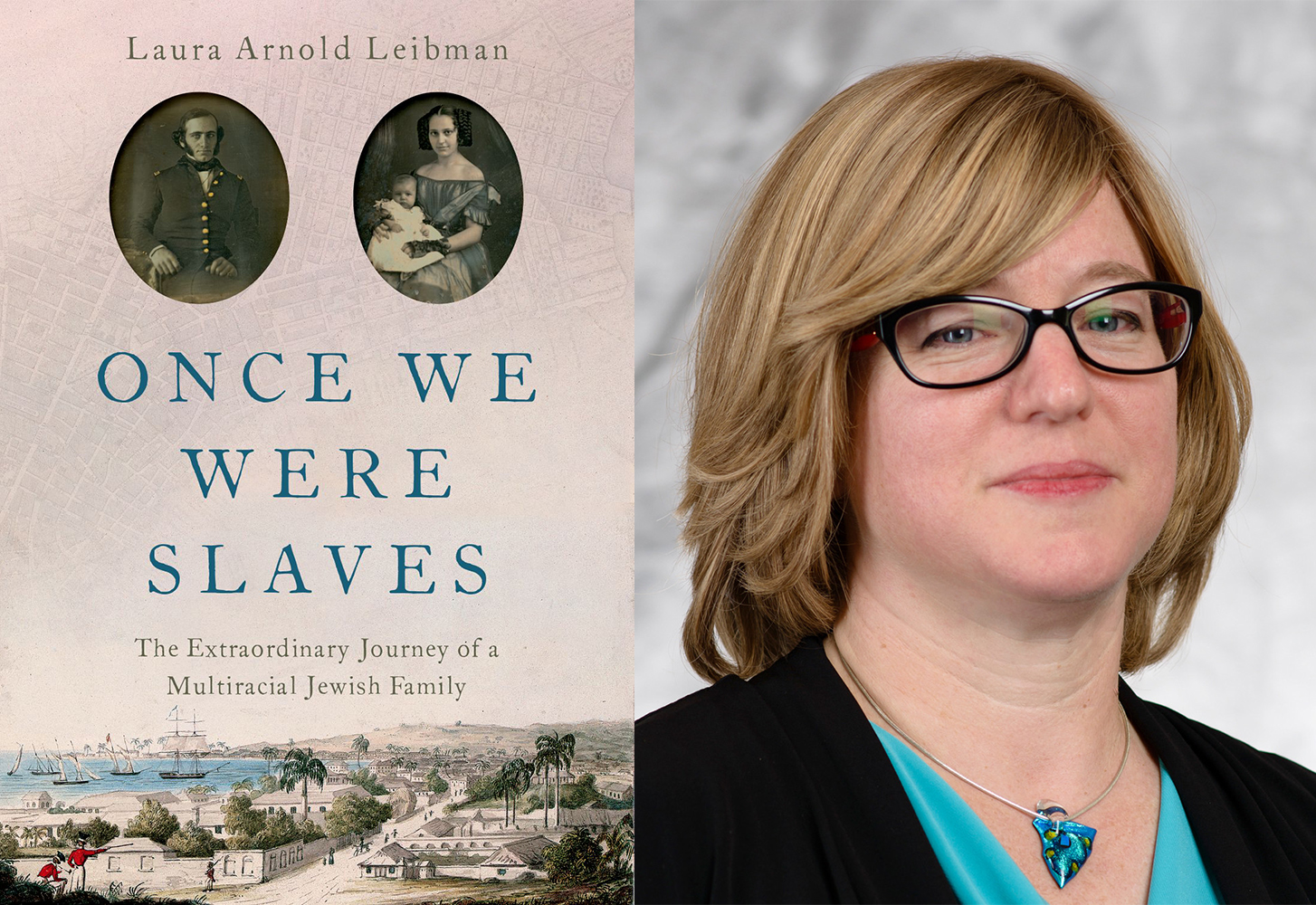The Original Slave Colony: Barbados and Andrea Stuart’s ‘Sugar in the Blood’
The Daily Beast
2013-01-24
Eric Herschthal
Columbia University
Barbados provided the blueprint for all future British slave settlements in the American South. Andrea Stuart talks to Eric Herschthal about how her family was entwined in the island’s tormented history.
On the face of it, what happened in the tiny island of Barbados 400 years ago seems irrelevant to Americans today. Even now, the island matters to Americans for perhaps one reason: the weather—it’s a popular tourist getaway. But in her exceptional new book, Sugar in the Blood: A Family’s Story of Slavery and Empire, Andrea Stuart insists Barbados, with its long history of slavery, matters more than we know.
“I wanted to take slavery out of its niche,” she said. “It’s not a black story, it’s not a white story. I want to remind people that this story belongs to us all.” Slavery and its legacy—race—still shape our world. But more specifically, the creation of Barbados, the British empire’s earliest, most profitable settlement in the New World, provided the blueprint for all its future slave colonies: South Carolina, North Carolina, Virginia, Georgia, you name it.
The island’s first settlers, like Stuart’s white ancestor George Ashby, arrived in the early-1600s. Spain was raking in huge profits with their New World colonies, mainly by extracting gold and silver. The British wanted to catch up, but when they arrived in the Caribbean, no precious metals were found. Within a few decades, however, they discovered they could make money by cultivating another precious commodity: sugar, or as it was called by many at the time, “white gold.”
That demanded workers, and the British quickly found a cheap labor source: African slaves. By century’s end, 80 percent of Barbados’s 85,000 inhabitants were Africans, giving rise to a rigid racial hierarchy: a small elite of whites on top; the masses of black workers on bottom; and, somewhere in between, a small caste of illegitimate mixed-race children, born to masters and their preyed-upon female slaves.
Given how small the island was, many of the whites who couldn’t establish a large plantation moved on to other British colonies. Many went to places that would become part of the United States. They replicated the Barbadian plantation model, growing mainly rice and tobacco, and had an outsized impact on early America. In colonies like South Carolina, six of the governors were Barbadians between 1670 and 1730. Other Barbadian émigrés, like George Ashby’s Quaker brother, helped settle Pennsylvania. Barbados was so important to the British colonial system that even George Washington, who only left North America once in his life, made that stop on the island, to help his sick brother recover from an illness…
…The “small people” she chose to focus on are her own descendants: George Ashby; his descendants like the wealthy plantation owner Robert Cooper; and several of Cooper’s slave concubines and their black children. Stuart’s mixed racial heritage helped her paint such a ruthlessly honest portrait of slavery, where she can both admire and revile slave-owners like Cooper—even wonder whether some of the slaves he slept with may have loved him.
“The reality is that most blacks have mixed blood,” she said. “When I was doing research on George Ashby, I felt some empathy. There’s something brave about leaving the world you know. If you can make that empathetic journey, you can show a more complicated picture.”…
Read the entire article here.




